A Dirge – The Poem
Why were you born when the snow was falling?
You should have come to the cuckoo’s calling,
Or when grapes are green in the cluster,
Or, at least, when lithe swallows muster
For their far off flying
From summer dying.
Why did you die when the lambs were cropping?
You should have died at the apples’ dropping,
When the grasshopper comes to trouble,
And the wheat-fields are sodden stubble,
And all winds go sighing
For sweet things dying.
For whom did Christina Rossetti write ‘A Dirge’?
Throughout the poem, it is not clear for whom she wrote this poem. But looks like she wrote it for someone who died a young or untimely death. Maybe someone who was born in winters and couldn’t survive much and died by the spring arrived.
It is said that she lost one of her nephews soon after he was born and also her sister-in-law. But it is not sure if she wrote the same for any of them.
Christina Georgina Rossetti
Christina Georgina Rossetti (5 December 1830 – 29 December 1894) was an English poet who wrote various romantic, devotional, and children’s poems. “Goblin Market” and “Remember” remain famous. She wrote the words of two Christmas carols well known in the UK: “In the Bleak Midwinter”, later set by Gustav Holst and by Harold Darke, and “Love Came Down at Christmas”, set by Harold Darke and by other composers.

Although Rossetti’s popularity in her lifetime did not approach that of the contemporaneous Elizabeth Barrett Browning, her standing remained strong after her death. Her popularity faded in the early 20th century in the wake of Modernism, although scholars began to explore Freudian themes in her work, such as religious and sexual repression, reaching for personal, biographical interpretations of her poetry. In the 1970s academics began to study her work again, looking beyond the lyrical Romantic sweetness to her mastery of prosody and versification. Feminists held her as a symbol of constrained female genius, placed as a leader of 19th-century poets. Her writings strongly influenced the work of such writers as Ford Madox Ford, Virginia Woolf, Gerard Manley Hopkins, Elizabeth Jennings, and Philip Larkin. The critic Basil de Selincourt stated that she was “all but our greatest woman poet… incomparably our greatest craftswoman… probably in the first twelve of the masters of English verse.”
To read more about Christina Georgina Rossetti, click here.
What is an Elegy poem?
This genre, i.e. Elegy can be difficult to define, as there are specific types of the elegiac poem as well as a general elegiac mood, but almost all elegies mourn and seek consolation for, a loss of some kind: the most common form of elegy is a lyric commemorating the death of a loved one. Greek elegiac meter, which is one source of what we know as the elegy today, is not normally associated with loss and mourning.
A Dirge – Poem Analysis
The poem is a kind of lamenting about the time of birth and death of the person to whom this poem is dedicated.
The first stanza begins with the rhetorical question, stating the speaker’s dissatisfaction about the person’s time of birth. She clearly doesn’t think that winter is the right time to be born. Maybe according to her this time is marked by a high mortality rate. According to her instead, this person should have taken birth during the spring (when cuckoo’s calling and grapes are green). Maybe this time is far from summer’s dying.
The second stanza also begins with a similar question, expressing dissatisfaction over the person’s time of death. According to her, this person shouldn’t have died the untimely death (during spring, when the lambs are cropping). Rather they should have died during fall or winters. Because it is the time when all sweet things are dying.
Other technical details used in this poem are:
- This poem has a sad underlying tone.
- The poem has two stanzas of six lines each.
- Each stanza follow a rhyming scheme of AABBAA.
- The first two lines of each stanza are made up of ten syllables each, then followed by 9-syllables in next two lines, and 6 syllables each in the last two lines.
- There is vivid use of imagery to describe the seasons.
- The seasons are used to describe the circle of life and death.
Some best examples of Elegy Poems
We suggest that you also read:
- ‘Lycidas’ by John Milton
- “Epitaph’ by Katherine Philips
- ‘In memorium of A.H.H.’ by Lord Alfred Tennyson
- ‘Funeral Blues’ by W. H. Auden
- ‘Because I could not stop for death’ by Emily Dickinson
To read the best poems by the finest writers ever, click here.
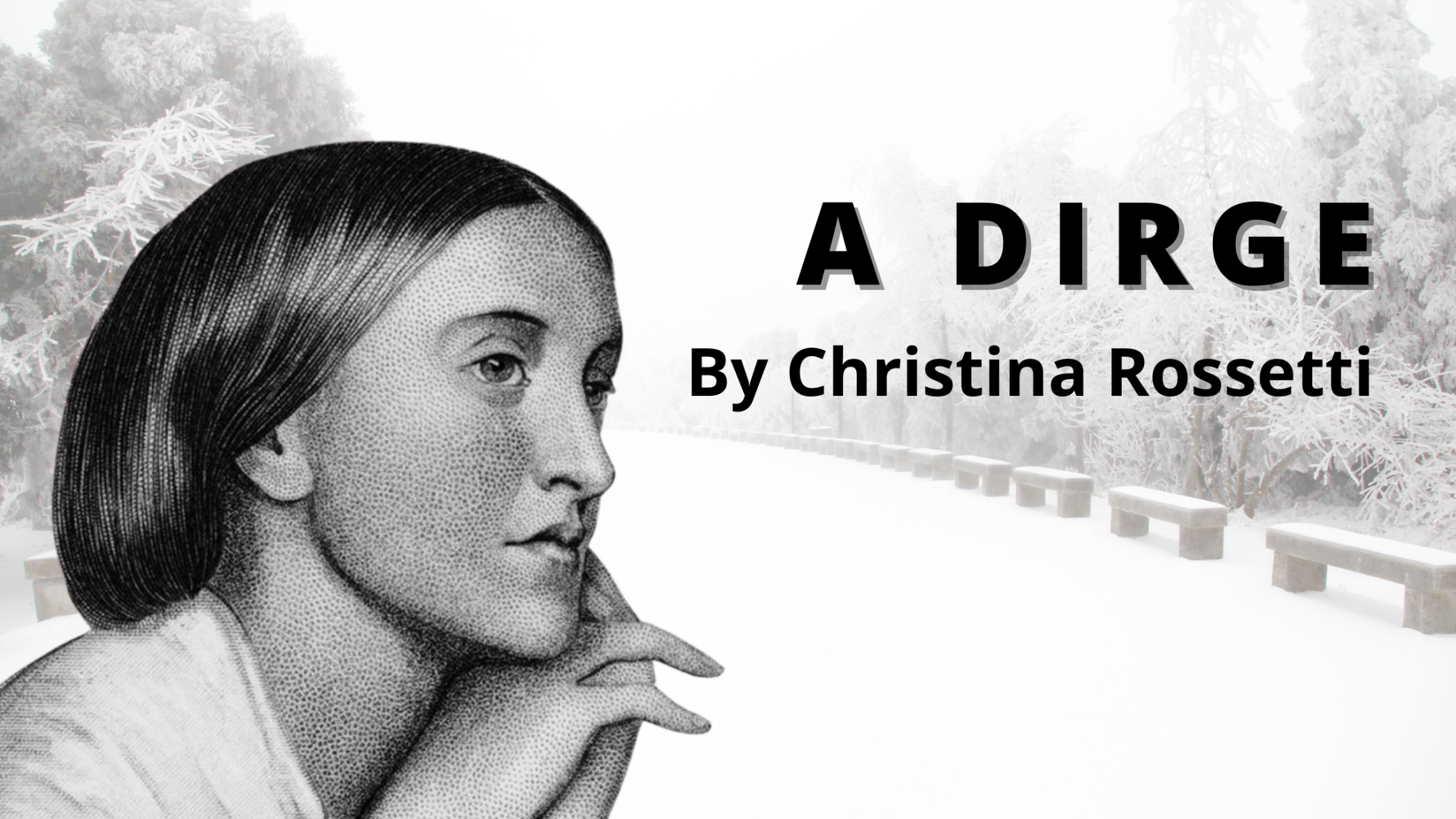

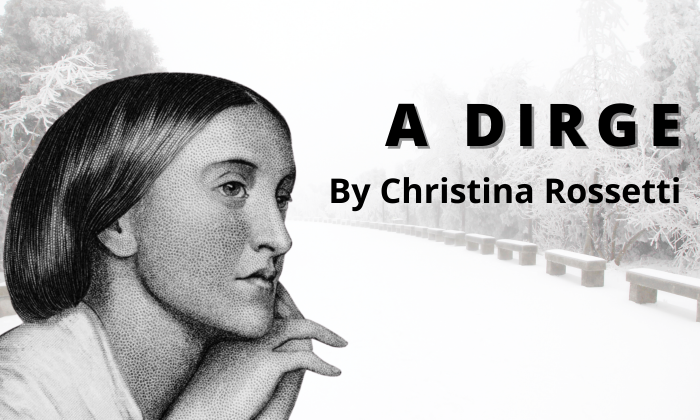
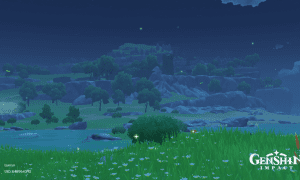

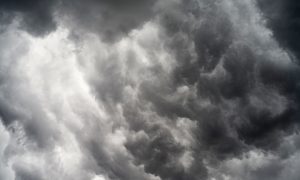
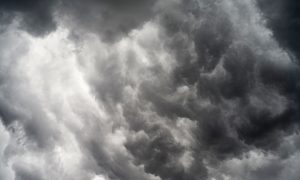
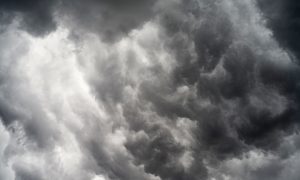
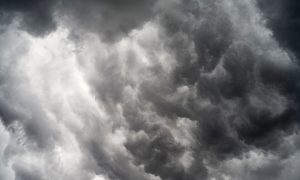
Nice poem, thank you. I’ve read her poems mostly of elegiac tone. I like her poems. In my teenage I collected the most beautiful poems of the world in translations for myself, and her poem, Remember was one of them. And this one is a beautiful poem, as well.